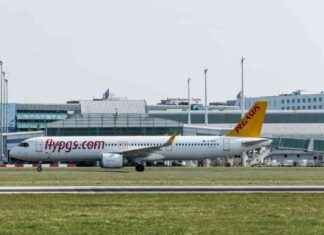Major investments in recent years show how important well-developed industrial areas are for economic development. Thuringia still has some plans, says the head of the state development company.
Erfurt (dpa/th) – In several regions of Thuringia, commercial areas for industrial settlements are to be developed this year. This applies, among other things, to an area of ??around 50 hectares at the Hermsdorfer Kreuz, where the A4 and A9 motorways intersect, said the managing director of the Thuringian state development company (LEG), Andreas Krey, the German press agency. “There is planning permission there. We can start development in 2023.”
Work on an area near Gotha, also around 50 hectares in size, is expected to start this year. There are other projects to follow in the coming years in Waltershausen and Artern. According to the LEG boss, the start of a 120-hectare industrial area in Waltershausen in the Gotha district is expected to start in 2024. Artern is about 80 hectares. “We feel an increased demand for industrial space in northern Thuringia.”
Krey also sees the Free State as well positioned when it comes to commercial space in comparison to other countries. “In total, we have around 1,000 hectares of large industrial areas under development. Hardly any other federal state has that on this scale.” Thuringia, with its low mountain ranges, has a rather difficult topography.
The fact that the state had already started a large-scale initiative in 2010 proved to be worthwhile. “Locations for industrial investments have been identified and prepared. That is the benefit of a long-term strategy.”
The large locations include the “Erfurter Kreuz” with around 400 hectares, where, among other things, a large battery factory of the Chinese investor CATL is to be opened this year, as well as the “Goldene Aue” areas near Nordhausen and Gera-Cretzschwitz, where the internet retailer Amazon is located settled.
It is successful that the state takes over a high proportion of the development costs for new commercial areas with state financial injections. In the case of large locations, this could be in the tens of millions, said Krey. “This allows us to score points with investors with favorable land prices.”






